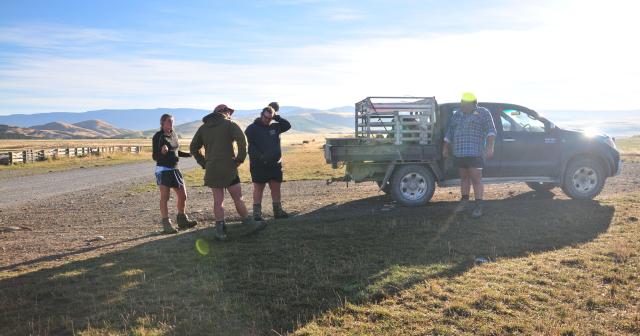Fire and Emergency New Zealand is urging farmers in regions affected by the recent windstorms to pause, plan and allow vegetation to fully dry out before setting it alight.
This helps ensure a cleaner and more efficient burn.

Fire and Emergency New Zealand (FENZ) has released safe burning practices guidelines in the wake of the storm to help protect both those carrying out the burning and the wider community.
Before burning dried vegetation, it is important to check both conditions and fire danger levels and whether a fire permit is required.
Neighbours should be notified ahead of time and fire control equipment prepared. This includes a water hose or sprayer, a shovel and soil for smothering and a mechanical digger (if required).
Those carrying out the burning should have suitable, enclosed footwear, long-sleeved shirts, trousers and eye protection.
FENZ ask farmers to avoid lighting more fires than they can safely monitor or extinguish if needed and to stay vigilant- the fire must be supervised from ignition to complete extinguishment.
It is important that fires are completely extinguished so there is no risk of smouldering or re-ignition.
Burn pile size and guidelines
- Keep piles manageable. Ideally, each pile should be no more than 3 metres in circumference to maintain control. Create multiple small piles or add material to a single pile as it burns.
- Ensure all piles are at least 30m from trees, shelterbelts and buildings.
- Create a 5-metre-wide clear zone around each burn pile.
- Place heavier debris in the centre of the pile to prevent it falling out and to allow a thorough burn.
- Avoid incorporating silt or soil into the pile.
- Avoid power lines- smoke can cause electrical arcing.
- Keep clear of waterways.
- Keep sperate piles at least 20m apart to avoid cross-ignition.
- Don’t burn piles on peat-based soils. Peat can ignite and smoulder for long periods.
- Consult your regional council for specific regulations on what can and cannot be burnt.